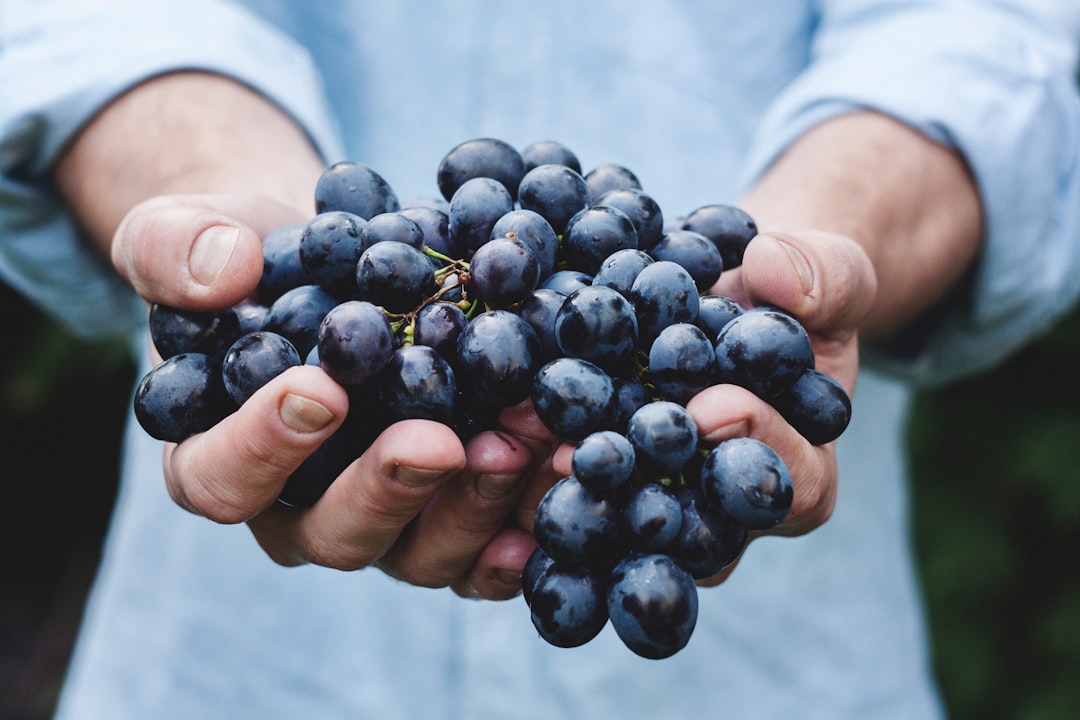
Exploring Catalonia's Cava Terroir
Share
Nestled in the heart of Catalonia, Cava has carved out a sparkling reputation on the global wine stage. This effervescent delight is not just a testament to the meticulous winemaking traditions of Spain but also a reflection of the unique terroir that defines its essence. In this deep dive into Catalonia's Cava production, we'll explore the geological, climatic, and human factors that converge to create a sparkling wine beloved by connoisseurs and casual drinkers alike. From the sun-drenched vineyards to the cool, cavernous cellars where the magic of secondary fermentation takes place, join us on a journey through the terroir that makes Cava a global favorite.
The Roots of Cava: History and Tradition
A Sparkling Beginning
Cava's story begins in the late 19th century when local winemakers, inspired by the méthode champenoise, embarked on a quest to create a Spanish sparkling wine that could rival the world's best. The Penedès region, with its ideal winegrowing conditions, quickly became the epicenter of Cava production. Over the years, the dedication to quality and adherence to traditional methods has remained unwavering, laying the foundation for Cava's international acclaim.
Regulatory Milestones
The establishment of the Cava D.O. (Denominación de Origen) in 1986 was a pivotal moment for Catalonia's sparkling wine. It set strict guidelines for production, including grape varieties, aging requirements, and geographical boundaries. This regulatory framework not only ensured consistency and quality but also helped define the identity of Cava on the global stage.
Unveiling the Terroir of Catalonia
Geological Diversity
At the heart of Cava's unique character lies the diverse geology of Catalonia. The region is a mosaic of soil types, each imparting distinct qualities to the grapes. From the limestone-rich soils that provide minerality and freshness to the gravely textures that ensure optimal drainage, the geological variety is a key component of Cava's complexity.
Climatic Influences
Catalonia's climate plays a crucial role in shaping the profile of Cava. The Mediterranean Sea moderates temperatures, providing a warm yet breezy environment ideal for grape cultivation. However, it's the variations in microclimates across the Penedès region that truly define the nuances of Cava. Altitude, orientation, and proximity to the coast all contribute to a tapestry of climatic conditions, allowing winemakers to craft Cavas of remarkable diversity.
The Grapes of Cava: Varietal Diversity
Traditional Trio
The backbone of Cava is formed by three traditional grape varieties: Macabeo, Xarel·lo, and Parellada. Macabeo contributes freshness and acidity, Xarel·lo adds body and structure, while Parellada offers elegance and aromatic complexity. Together, they create a harmonious blend that captures the essence of Catalonia's terroir.
Innovative Additions
In recent years, the inclusion of other grape varieties such as Chardonnay and Pinot Noir has been permitted, introducing new dimensions to Cava's flavor profile. These varietals bring international flair to the blend, while still respecting the terroir-driven identity that Cava is known for.
Winemaking Techniques: The Art of Cava Production
Méthode Traditionnelle
The essence of Cava's allure lies in its production method, the méthode traditionnelle, which involves a secondary fermentation in the bottle. This painstaking process, which can take several months to several years, imbues Cava with its signature effervescence and complexity.
Aging and Classification
Cava's aging process is integral to its character. The wine must age on its lees for a minimum of 9 months, though premium Cavas often exceed this, spending years in the cellar to achieve greater depth and finesse. The classification system, ranging from Cava de Guarda to Cava de Guarda Superior (including Reserva, Gran Reserva, and Paraje Calificado), reflects the aging and quality, guiding consumers in their exploration of Cava's diversity.
Sustainability and Innovation in Cava Production
Eco-conscious Efforts
Catalonia's Cava producers are increasingly embracing sustainable viticulture practices. From organic farming methods that eschew synthetic pesticides to water conservation and renewable energy use, the commitment to environmental stewardship is evident. These practices not only preserve the land but also enhance the terroir expression in the wine.
Technological Advances
Innovation in the cellar, including precision fermentation techniques and state-of-the-art aging facilities, is elevating the quality of Cava. Winemakers are leveraging technology to refine the production process while honoring traditional methods, striking a balance that propels Cava into the future without losing sight of its roots.
Cava on the Global Stage: Challenges and Opportunities
Navigating the Market
As Cava continues to vie for attention in the crowded sparkling wine market, differentiation becomes key. The emphasis on terroir, quality, and sustainability are compelling narratives that resonate with today's discerning consumers. By highlighting its unique attributes and the diversity within the category, Cava can strengthen its position globally.
Future Prospects
The future of Cava looks bright, with opportunities for growth and innovation abound. As producers continue to explore the nuances of their terroir, experiment with grape varieties, and refine their winemaking techniques, the potential for Cava to captivate new audiences is limitless. Embracing change while staying true to its heritage, Cava is poised for continued success on the world stage.
Catalonia's Cava terroir is a rich tapestry woven from the diverse soils, varied climates, and dedicated human touch that define this sparkling wine. It's a testament to the region's ability to balance tradition with innovation, creating a product that's both deeply rooted in its origins and adaptable to the changing tastes of the global market. As we raise our glasses to the future of Cava, it's clear that the essence of Catalonia's terroir will continue to sparkle in each bottle, inviting wine lovers around the world to discover the magic within.


